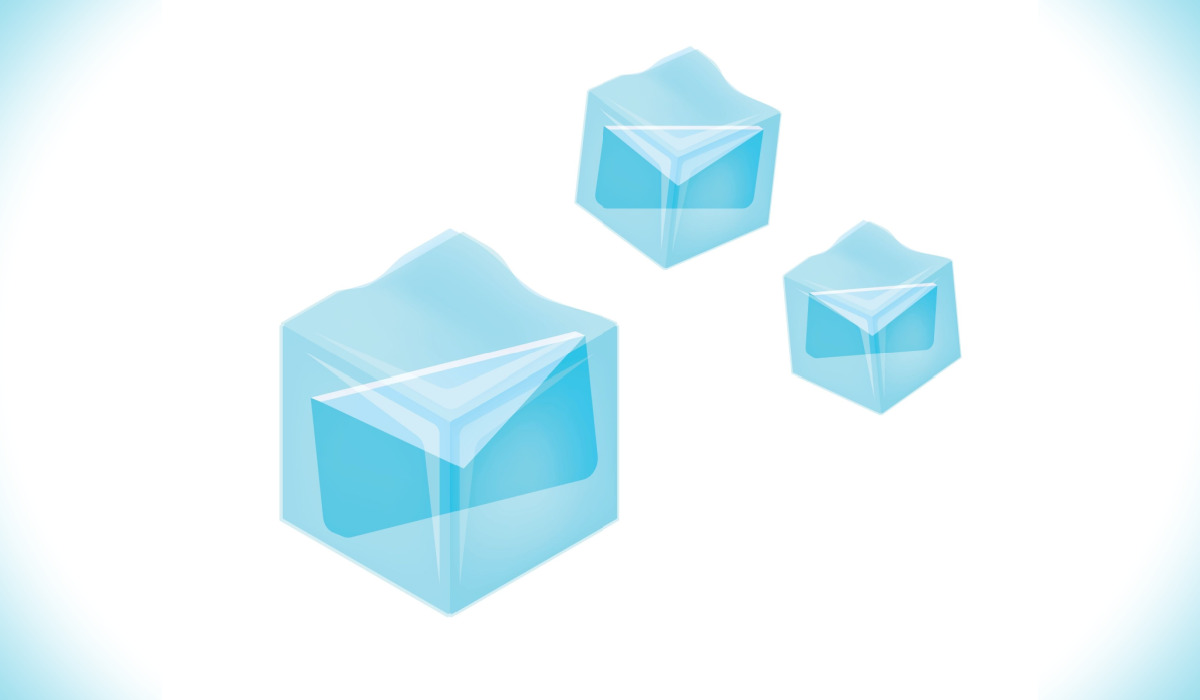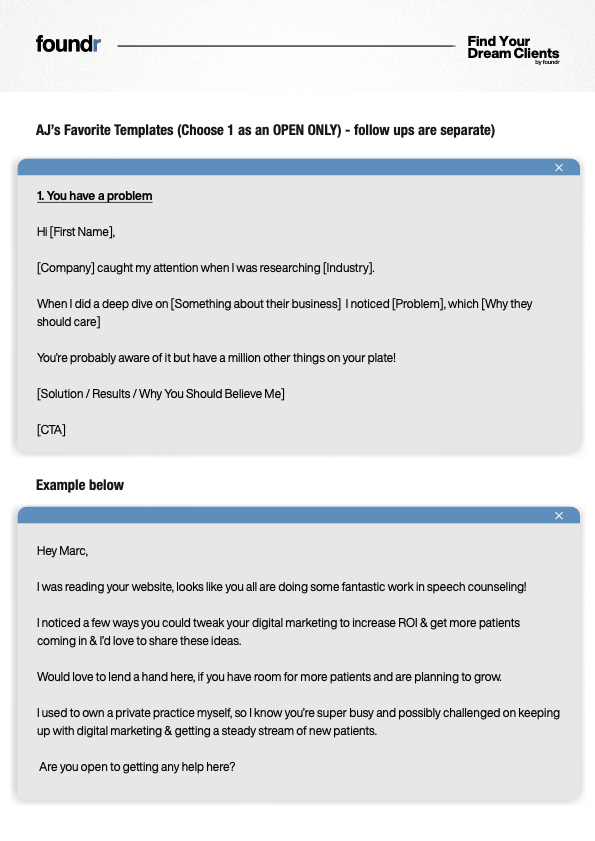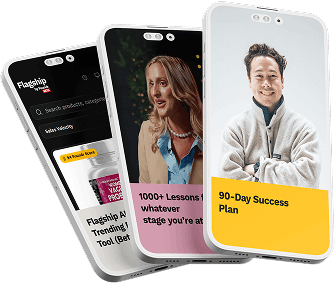I clean my inbox like a five-star hotel. Multiple times a day, I sort through the messages and brutally decide which email deserves the honor of my click—and which will be sent immediately to the trash.
There’s something satisfying about batch selecting and dumping a row of unread emails into oblivion. And a majority of those unread messages are cold emails.
But as much as I get a power trip from purging my inbox with glee, I must admit I’ve been on the other side of this gladiatorial behavior.
I’ve sent cold emails that never get opened. And it didn’t feel nearly as good as sending other people’s cold emails into a black hole.
Cold emailing is an old-school marketing strategy with ever-changing guidelines. What worked five years ago probably won’t get you the open rates you want today.
In this article, we’ll outline the dos and don’ts of cold email and how to write ones worth opening.
We’ll also provide templates to get you started on the right track.
And we’ll answer the question: If millions of cold emails are relegated to the trash every day, why are they still worth sending?
Is Cold Email Worth It?
Yes. The numbers prove it.
On average, email drives $36 in revenue for every $1 spent. And marketers and brands alike are running to the warm embrace of email marketing since the latest changes to iOS.
In 2021, Apple made drastic updates to their apps to protect the privacy of their customers’ data, essentially making social advertising much more difficult. With each iOS update (14, 14.5), there are more contrstaints on reaching users through third-party data. This decision by Apple (and other tech giants) is putting more value on your business’s first-data and reaching out to people the good old fashioned way–email.
So cold emailing is very much worth the effort. But it’s important to do it right. AJ Cassata, B2B sales consultant and founder of Revenue Boost, says
“I don’t think it’s [that] people don’t like getting emails. I think it’s [that] they don’t like getting a bad email.”
Cassata helps entrepreneurs grow their businesses fast with his straightforward, systematic, and scalable approach to sales growth. His company, Revenue Boost, helps clients create a system for lead generation instead of just winging it. He’s also the instructor for Foundr’s B2B training course.
Below are the cold emailing basics, tips, and templates that have helped Cassata and his clients build reliable sales tactics.
Don’t Skip: How to Get a Consulting Job in 6 Steps
Basics of Cold Emailing
What is cold emailing? Cold emailing is sending a message to a potential client or customer without them ever having received contact from you.
Essentially, you’re going into a conversation without any background or rapport with the other person. The first moment someone sees your subject line and sender name, it will be brand new. Just like how you walk into the room on a first date or job interview, your cold email is a first impression that can make or break your relationship.
The average business executive gets more than a hundred emails per day, so how will your email stand out?
Here are Cassata’s principles for writing cold email copy.
Cold Emailing Principles
Sell the Next Step: Get people curious enough to learn more from you. Don’t cram an essay into your first email. Just focus on getting a reply and starting a conversation. Make it easy for them to say “yes” to a small ask instead of selling your product or service right off the bat.
You-Focused Copy: You’re in business to help or solve a problem for someone else. Before you send an email, use the Find function (“Command F” on a Mac or “Control F” on a PC) and search for “I,” “us,” and “me.” If those words are littered throughout your copy, you’re probably not focused enough on the audience. You’re “I-focused.”
Relevance: Even if you have the best product or service on the market, if your email isn’t going to someone who needs it, you’re wasting your time and theirs. Prioritize quality over quantity when it comes to your email list, and be an expert in your target market.
People and Problem Centric: If you love your business (which you probably do), it’s easy to start spouting why yours is the best. Remember, use “you-focused” copy over “I-focused” copy. To get their attention, you need to focus on them as a person and the problems they’re dealing with. Someone needs to know they have a problem before they take action on a solution.
Speak in Their World and Words: While writing an email, understand how the person receiving it thinks, talks, and makes decisions. Most people make the mistake of writing jargon in their cold emails that the reader doesn’t understand or doesn’t care about. Write like you’re explaining your business to a friend or colleague.
What’s In It For Me?: Ultimately, every cold email should answer the audience’s question, “What’s in it for me?” Most people are happy to give time to a stranger if they know what they’re getting from their time. So make sure the “what’s in it for me” is clear. That could be “30 minutes of free coaching,” a website audit, or a design proposal. Anything that gets a lead hungry for more.
Cold Emailing Common Mistakes
- Formal or corporate tone
- Lengthy body copy
- Including too much jargon
- Having too many CTAs
- Sounds like a robot, AI, or template
- Dramatic or aggressive messaging
- Not researching your audience
- Not customizing the message to the individual
- Talking about your product too much
- Talking about your business too much
- Pitching something that the audience doesn’t need
How to Cold Email
- Target a Specific Audience: Narrow in on an ideal customer persona.
- Research on LinkedIn: Use Sales Navigator to find lead info.
- Be You: Draft your template as if you’re writing the email to a colleague.
- Keep It Short: Your emails should be 3-5 sentences long.
- Start a Relationship: Your first email should be about connection. It shouldn’t include a pitch.
- Find the Sweet Spot: Send four messages over two weeks. Fewer emails might get lost, while more will probably annoy your audience.
Keep Learning: How to Write a Follow Up Email That Gets a Response Every Time
Good and Bad Email Subject Lines
Email subject lines—the bane of any marketer or founder’s existence. Unfortunately, we all have to accept that email subject lines are essential. Even if we’ve written the best cold email copy of our career, if the subject lines turn off the audience, it will forever be lost in the black hole of the trash folder.
Email subject lines are a science. Not because there’s a perfect formula that works every time but because you must constantly be testing and learning.
Some fundamental dos and don’ts should guide your experimentation with the types of subject lines that resonate with your audience.
Good email subject lines…
- Are no more than 30 characters long. Otherwise, the copy gets cut off.
- Tease the reader but don’t give away everything.
- Have preheader copy that adds context.
- Are natural in tone, like they’re coming from a friend or colleague.
Bad email subject lines…
- Are long and filled with jargon.
- Don’t align with the content of the email.
- Promise an offer that doesn’t come through.
- Use too many emojis.
Pro Tip: Open your email inbox and click the “read” section. What subject lines enticed you to open an email? Now, think about your audience. What will stop them from ignoring you and inspire them to click?
Cold Email Templates to Get Started
Still feeling intimidated to send that first email? Don’t worry. We’ve got you covered. Download our Cold Outreach Guide for templates that Cassata uses every day. Customize them for your own business and start sending!


















